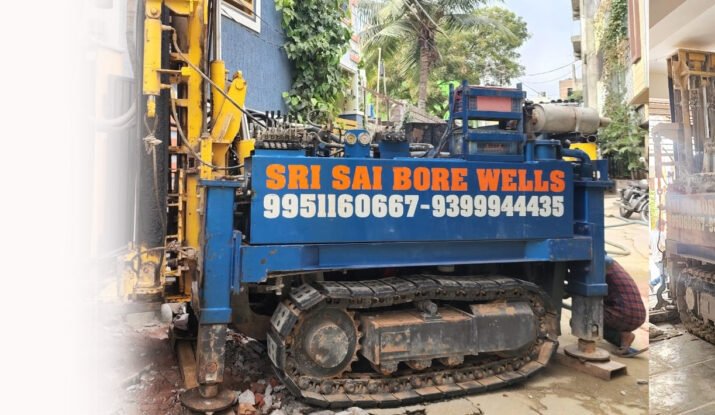A borewell is one of the most reliable sources of water for homes, apartments, commercial spaces, and agricultural lands. But simply drilling a borewell doesn’t guarantee a consistent water supply. One crucial factor that determines its effectiveness is borewell yield—a measure of how much water your borewell produces per hour.
In this article, we’ll explain what borewell yield means, how to measure it, and what steps you can take to increase water output from an underperforming borewell.
What is Borewell Yield?
Borewell yield refers to the amount of groundwater discharged from a borewell over a specific period, usually expressed in litres per hour (LPH) or gallons per minute (GPM).
For example:
- A residential borewell typically yields between 1,000 to 5,000 LPH
- An agricultural or commercial borewell may require 10,000+ LPH, depending on the application
The yield determines how many taps, pumps, or irrigation systems can run simultaneously and for how long.
How is Borewell Yield Measured?
There are two common methods to measure borewell yield:
1. Pump Test Method
A submersible pump is installed and run at a constant rate. Water output is measured using a flow meter, while the water level is monitored to assess recovery time.
2. Drawdown and Recovery Test
This involves monitoring how much the water level drops (drawdown) when water is pumped out and how quickly it returns to normal (recovery). This gives a clear picture of the aquifer’s recharge capacity.
Tip: Always perform a yield test before installing a pump to match its capacity with the borewell’s performance.
Signs Your Borewell Has Low Yield
- Pump runs dry quickly or makes noise
- Water pressure drops significantly
- Water flow is inconsistent
- Borewell dries out during summer
If you’re facing these issues, it may be time to optimize your borewell.
How to Increase Borewell Water Output
Here are proven methods to boost borewell yield and improve long-term performance:
1. Borewell Flushing & Air Compressor Cleaning
Over time, mud, silt, and debris can clog your borewell walls, reducing water flow. Flushing with high-pressure air removes blockages and restores natural water flow.
2. Re-Boring or Deepening
In many cases, the water table drops over time. Deepening the borewell by 50 to 100 feet can help tap into a stronger aquifer.
3. Borewell Recharge Pit / Rainwater Harvesting
Implementing a borewell recharge system helps increase groundwater levels naturally. This includes:
- Digging a recharge pit or trench
- Using filters and gravel layers
- Connecting rooftop rainwater pipes
It’s one of the most sustainable methods to enhance borewell yield, especially in urban areas.
4. Use a Properly Sized Pump
Installing a high-capacity pump in a low-yield borewell can damage the motor and dry out the bore quickly. Always choose a pump that matches the yield to avoid over-extraction.
5. Install a Flow Regulator or Timer
If you’re experiencing fluctuating water flow, installing a flow control valve or irrigation timer can regulate usage and prevent overuse, allowing time for recovery.
Long-Term Tips to Maintain Borewell Yield
- Clean the borewell every 1–2 years
- Monitor water levels regularly
- Avoid overuse, especially in summer
- Practice water conservation at home and farm
- Install rainwater harvesting systems wherever possible
Need Expert Help in Improving Borewell Output?
At Sri Sai Borewells, we specialize in:
- Borewell yield testing
- Flushing & deepening services
- Submersible pump installation
- Rainwater recharge setup
- Groundwater surveys
We serve all areas in and around Hyderabad including Serilingampally, Gachibowli, Narsingi, Kondapur, Miyapur, and more.


